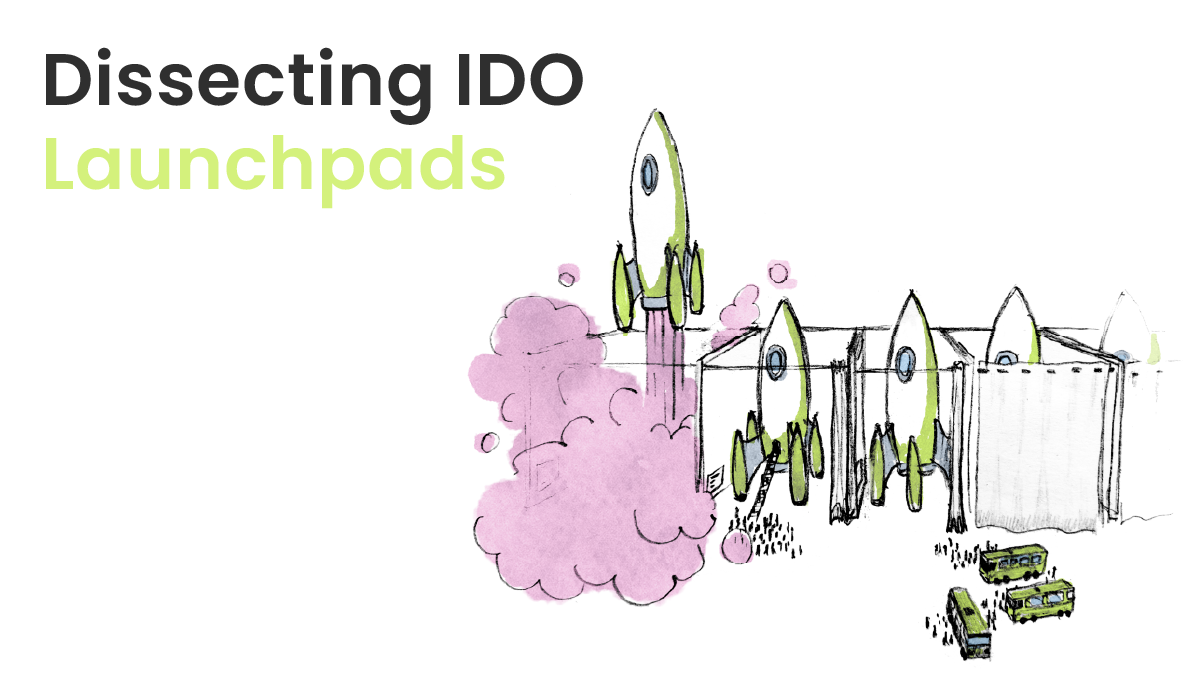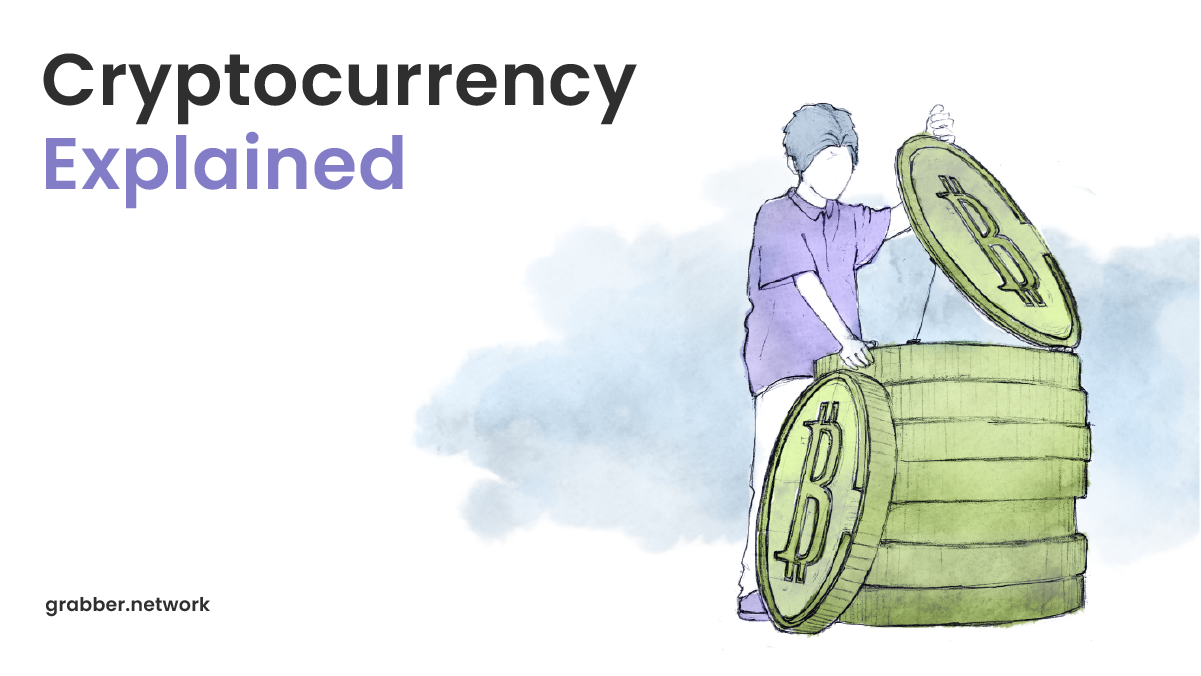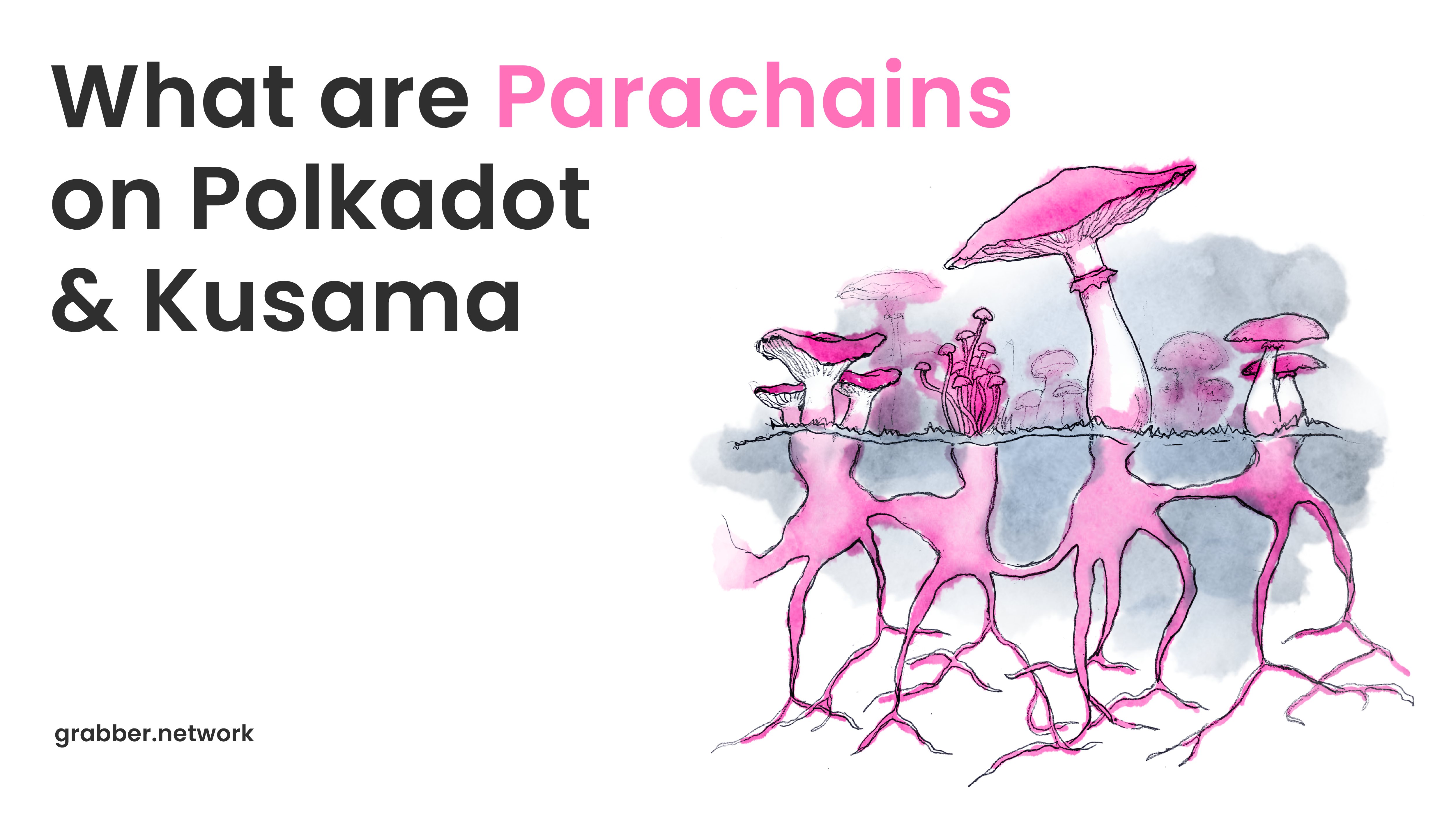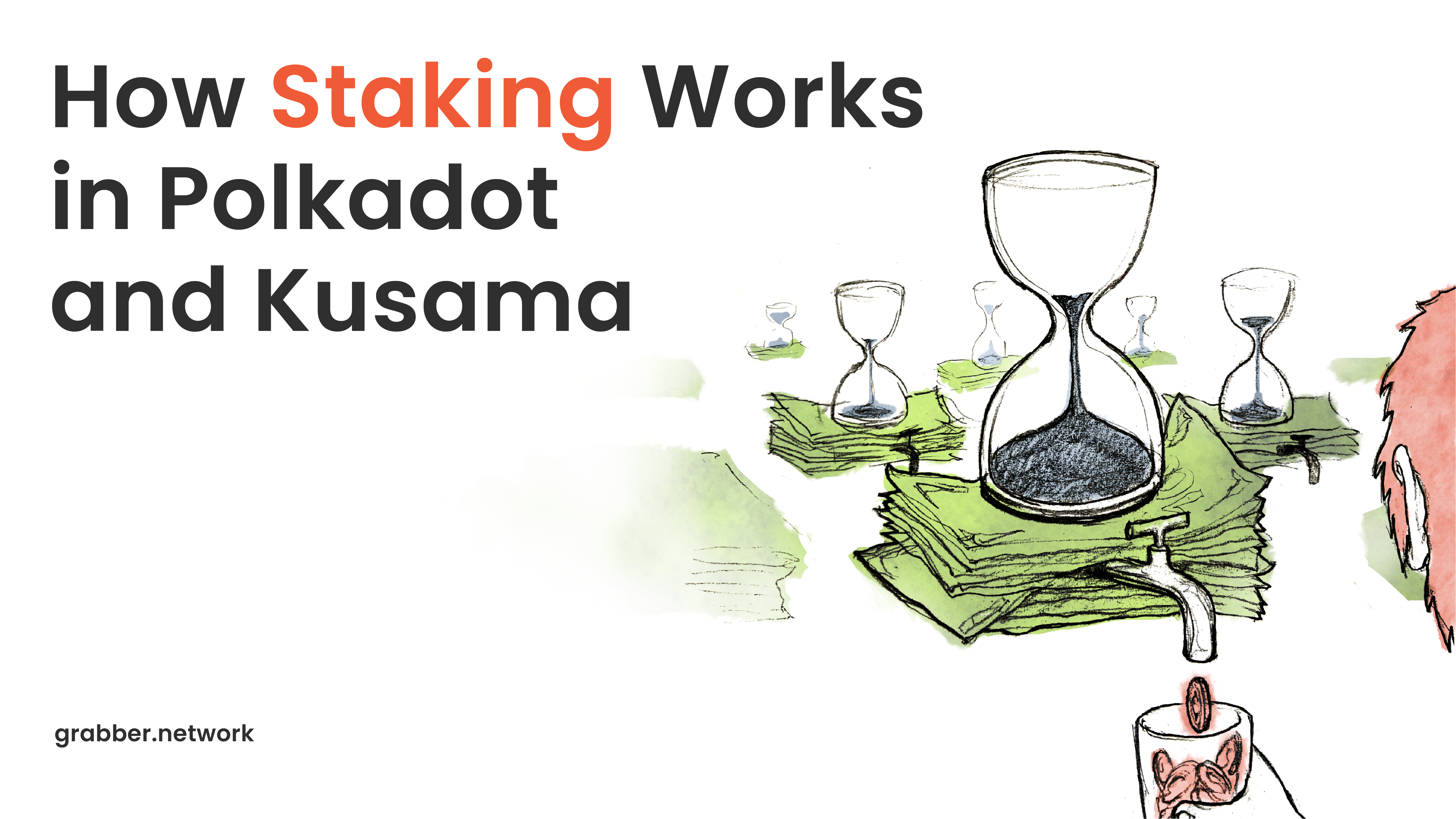What is an allocation in an IDO?
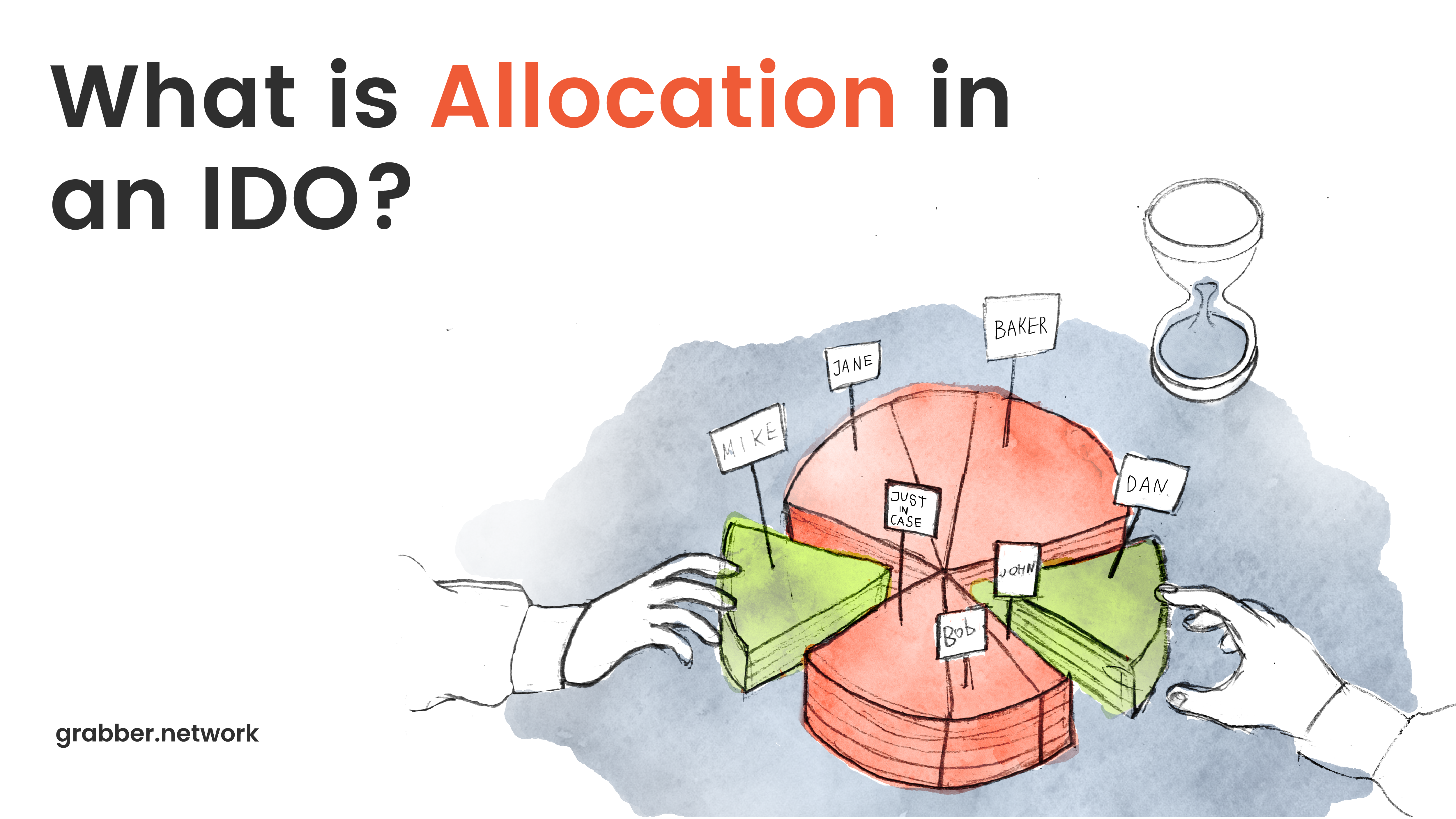
Content
If you’re into the crypto world, and not too heavily indulged into the world of “classical” finance, you’re probably familiar with the term “allocation” for the most common way it is being applied by your peers – for describing a successful placement of a bid in a crypto launchpad/crowdsale. For investors, securing an allocation in an IDO sale is oftentimes keen to “winning a lottery”, getting a clear chance at x-ing your bid, securing a small stake of a project with pre-sale prices. But what an allocation really is, how does it work?
In a strict sense, allocation in an IDO is a product of allotting or “setting aside” tokens or equity by a certain bitcoin startup/project. The allotted assets can be earned, purchased or kept inviolable, depending on the objective. Allocation serves a multitude of purposes – splitting the resources to help out trading, add liquidity, reward contributors, incentivise users, pay to the project team, etc. The proportions of allocation are usually mapped out before the launch of the token, in the white paper stage of the project.
To better understand the process of allotting tokens in IDO, first let’s once again recap what an IDO is.
What is an IDO?
An IDO (Initial Decentralized Offering) is one of the existing models of crypto token offerings that is being carried out on Decentralized Exchanges (DEX). This is one of the newer methods of distribution and certainly a product of maturation of the crypto industry as a whole. IDO was developed with a hindsite of flaws of its predecessors – ICO and IEO. Unlike ICOs, this token distribution method is operated in a completely trustless manner by smart-contracts (avoiding premines which favor project owners instead of the community), and uses the advantages of DEX in terms of its cost. Unlike IEO, IDO takes place on Decentralized Exchanges. Also, unlike an ICO where tokens are sold before an exchange listing, in an IDO, tokens are immediately listed on the DEX through which the project is launched.
Decentralized nature of IDOs eliminates high fees and other “side effects” of centralization, which could be seen in IEOs, which came before IDOs as crowd sells on Centralized exchanges.
By launching projects with IDOs, entrepreneurs and investors can interact with each other while avoiding malicious third-party influencers and get rid of the risks of human error. Not only that, but token buyers and holders’ coins are instantly secured on their wallet and private keys.
IDOs also allowed for fair, transparent and permissionless bonding periods, in which the tokens are being distributed gradually to incentivize holders to keep using and staking them in their wallets.
Crowdsale and allocation
The process of allocation of tokens for investors usually goes hand in hand with a process of crowdsale – a fundraising event held by an IDO Launchpad and meant to gain traction for a project to provide the initial liquidity for its product after the launch. This is where most of the allotments are actually being mapped out.
Crowdsale is being carried out for the project to receive initial liquidity in its pool on a DEX. Contributions from the investors are matched with an issuance of project tokens.
The initial token allocation is a way to motivate contributors to join a project. A typical IDO lets users lock their funds in exchange for allocation of new tokens created during the Token Generation Event (TGE). Project founders usually have a percentage of tokens set aside for investors before the TGE, and rewards are distributed to investors.
Then the TGE or Token Generation Event (or IDO Token release process) begins, during which the tokens are transferred to users and the liquidity pool (LP) is opened for trading within the DEX. This point usually occurs after a time determined by the lock-up applied by the project, and it is only at this point that the liquidity of the LP is finally released for use.
Supporting projects pre launch has been a safe bet for investors for the most part. Getting tokens at a discount price at presale can bring investors profits with almost 100% certainty, even regardless of the projects’ long-term success. The initial boost after the token listing at DEX (which in case of IDOs is secured by design) will already bring investors their money’s worth of profit as they can begin selling the tokens at retail after the launch. Meanwhile, if the investors decide to hold onto their tokens and bet on (or even contribute to) projects’ success, they might see their investments bringing them even greater profit, or a head-start in a new dApp/game/etc.
So, you can see why Investors actually line up to get a chance of securing an allocation of tokens prelaunch. And because of this high competition and demand, the industry has come up with a whole new type of business for such cases – Launchpads. They have set some of the industry standards when it comes to the ways of distributing allocations for investors and teams. Let’s take a look.
Launchpads. Distribution of allocations in an IDO
Allocation procedure usually begins with the division of the overall allocation amount into pools for different user types, depending on their stake.
- Lottery allocation
Works pretty much the way it sounds. The chances of getting an allocation in this system vary based on the amount of native tokens of a Launchpad, which the investor is holding. There are usually tiers set up for investors with large token holders receiving greater chances of securing an allocation.
Launchpads/projects also sometimes introduce a system of “whitelisting” users for certain behaviors, such as social media engagement, completing referral tasks, voting, etc.
- Guaranteed allocation
Type of allocation, which is certain to be acquired by an investor from the get go. Guaranteed allocations are usually available for investors in high tiers in most of the launchpads. But there are Launchpads, which promise guaranteed allocations for all participants based on a mathematical formula (e.x. allocations are determined by the ratio of committed tokens of a Launchpads against the total committed tokens of a Launchpad by all participating users).
There are also different lockup periods for token distribution – the timeframe of token distribution, insured to incentivize holders to not dump them right after the TGE for a quick buck. Tokens are oftentimes being sent out to owners of allocations on a periodic basis after initial payoff (e.x. 20% right after a TGE and then 10% monthly until 100% is paid).
Securing an allocation
The process of securing an allocation depends on where you’re trying to get one. Different IDOs Launchpads have varying steps for their users to complete.
But usually they involve the following:
- Create an account on a launchpad and connect your wallet to it.
- Have your wallet KYC-approved.
- Buy and stake/farm Launchpad tokens.
- Find and research upcoming or ongoing IDO projects.
- Request allocation
- Invest your money
Wait for tokens to be distributed.
Content
Receive updates from our blog
You may be interested
Learn basics in our free Wiki section!
